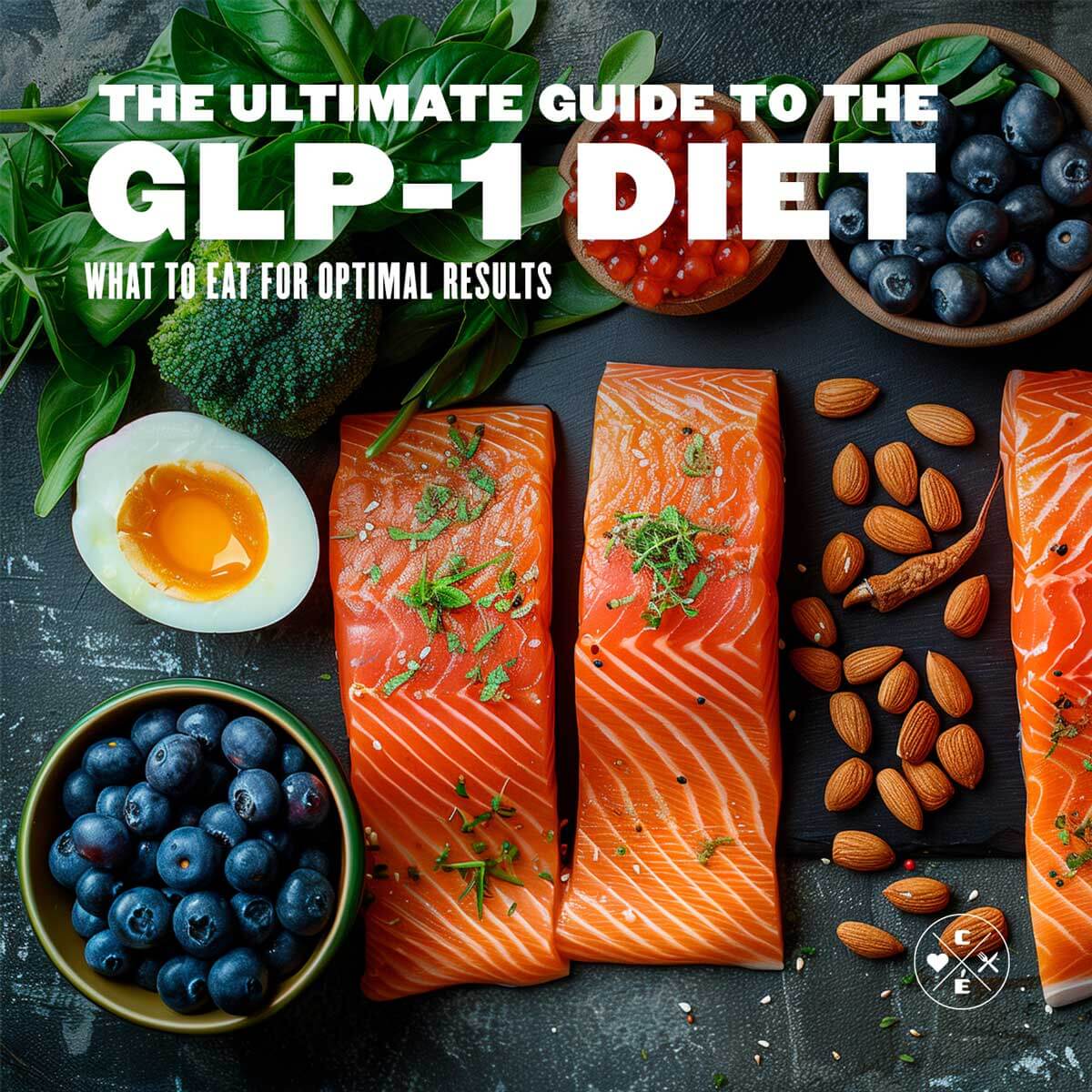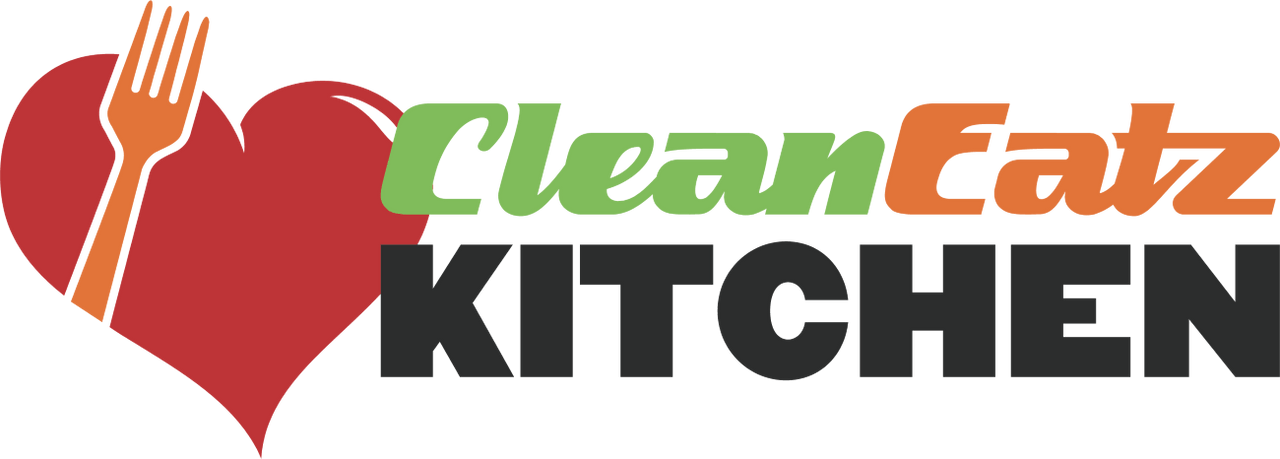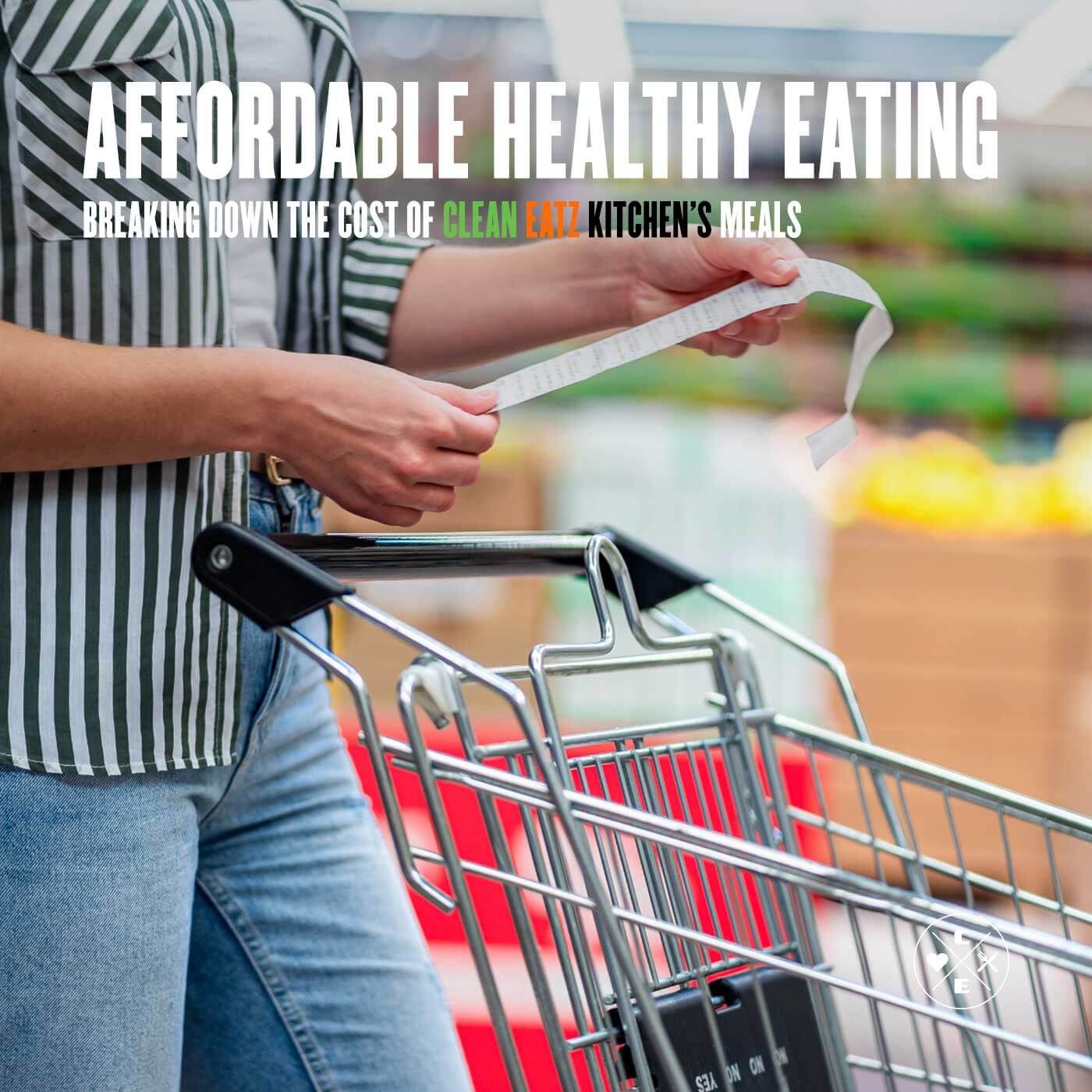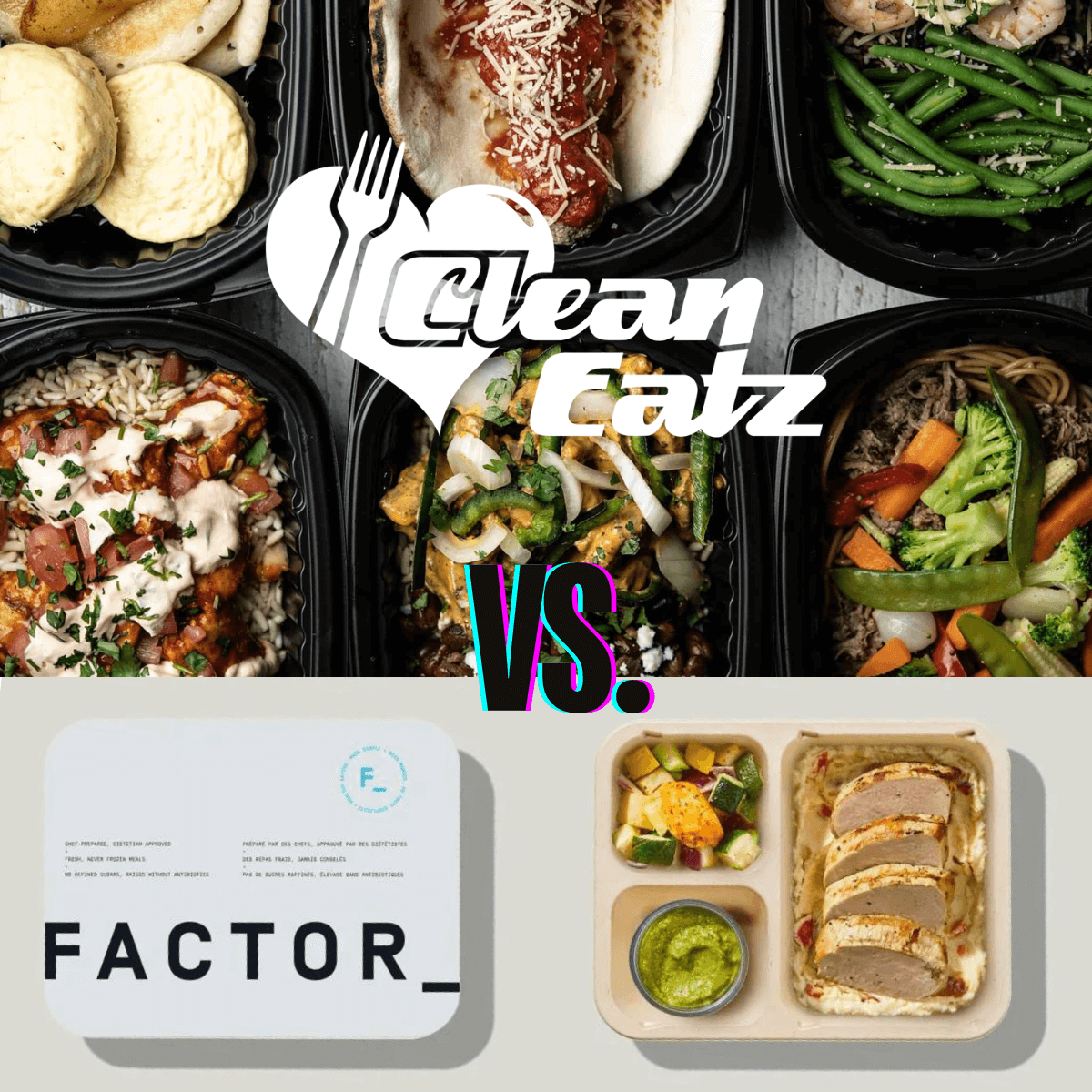
The Ultimate Guide to the GLP-1 Diet: What to Eat for Optimal Results?
Dorothy M. Shirnyl, RND
Nutrition
|
Weight Loss
15 minute read
Taking a GLP-1 medication like semaglutide or tirzepatide? Don't be fooled into thinking the needle is your only ally in this weight loss and blood sugar battle. The truth is, your diet plays a pivotal role in unlocking the full potential of your treatment.
Sure, GLP-1 drugs are powerful, but they're not magic. Without the right fuel, your body won't respond optimally, and you might miss out on the remarkable results these medications can deliver.
Think of your GLP-1 medication as a turbocharged engine, and your diet as the premium fuel that drives it forward. With the right fuel, you'll accelerate your weight loss, improve your blood sugar control, and feel better than ever.
Ready to discover the missing link to your GLP-1 success? Let's dive into the science-backed principles of the GLP-1 diet and unlock the transformative power of food.
Get to Know GLP-1
GLP-1 is an incretin hormone produced in the small intestine in response to food intake. It has several critical functions that help regulate glucose metabolism and appetite:
- Insulin Secretion. GLP-1 stimulates the pancreas to release insulin in response to food, particularly after meals. Insulin helps lower blood sugar levels by facilitating the uptake of glucose into cells.
- Glucagon Inhibition. GLP-1 suppresses the secretion of glucagon, a hormone that increases blood sugar levels by promoting the release of glucose from the liver.
- Slowing Gastric Emptying. By delaying the emptying of the stomach, GLP-1 prolongs the absorption of nutrients and promotes a feeling of fullness, which helps control appetite.
- Neurotransmitter Effects. GLP-1 acts on the brain to promote satiety, reducing food intake and contributing to weight management.
How GLP-1 Medications Work in the Body?
GLP-1 medications are designed to mimic the effects of a natural hormone called glucagon-like peptide-1 (GLP-1). This hormone plays a crucial role in regulating blood sugar levels and appetite. When you eat, your intestines release GLP-1, which:
- Stimulates Insulin Release. GLP-1 signals your pancreas to produce more insulin, a hormone that helps your body use sugar for energy. This helps lower blood sugar levels, especially after meals.
- Suppresses Glucagon Production. Glucagon is a hormone that raises blood sugar levels. GLP-1 medications inhibit glucagon release, further helping to keep your blood sugar in check.
- Slows Gastric Emptying. GLP-1 slows down how quickly food moves from your stomach to your intestines, making you feel full and satisfied for longer periods. This can lead to reduced food intake and weight loss.
- Acts on the Brain. GLP-1 receptors are also found in your brain, and activating them can decrease appetite and cravings.
By mimicking and enhancing the effects of GLP-1, these medications offer a multi-pronged approach to managing type 2 diabetes and promoting weight loss.
Benefits Of GLP-1 For Weight Loss And Blood Sugar Control
So, how can GLP-1 help you? Here are the benefits of GLP-1 (Glucagon-Like Peptide-1) medications for weight loss and blood sugar control
For Weight Loss
- Appetite Reduction. It suppresses hunger by acting on brain receptors. As a result, it helps reduce food intake.
- Increased Satiety. It slows down gastric emptying, prolonging fullness and preventing overeating.
- Behavioral Changes. It reduces cravings and helps promote healthier eating habits.
- Energy Balance. It helps achieve a calorie deficit, leading to weight loss.
For Blood Sugar Control
- Improved Glycemic Control. It enhances insulin secretion post-meal to lower blood sugar levels.
- Reduced Glucagon Levels. It decreases glucagon secretion, reducing liver glucose release.
- Stabilized Blood Glucose Levels. It maintains stable blood sugar levels and minimizes fluctuations.
- Lower Hemoglobin A1C: The consistent control reduces long-term blood glucose levels.
- Reduced Risk of Hypoglycemia. It enhances insulin secretion mainly when glucose levels are high, minimizing low blood sugar risks.
Foods to Eat On GLP-1 Diet
When starting a GLP-1 medication, it's important to understand that food plays a crucial role in achieving optimal results. Think of your medication as a powerful tool, and your diet as the essential fuel that drives it. By focusing on nutrient-dense, wholesome foods, you can maximize the benefits of your GLP-1 medication and support your overall health and well-being.
Here's a closer look at the key food groups that should take center stage in your GLP-1 diet:
Lean Proteins
These are the building blocks of your body, essential for muscle repair and maintenance. Lean protein options include:
- Poultry. Skinless chicken breast or thigh, grilled or baked, provides a lean and versatile protein source.
- Fish and Seafood. Salmon, tuna, cod, shrimp, and scallops are rich in protein and omega-3 fatty acids. They help promote heart and brain health.
- Tofu and Tempeh. These soy-based products offer a complete protein source for vegetarians and vegans. Marinate and grill them for added flavor.
- Legumes. Lentils, chickpeas, black beans, and kidney beans are high in protein and fiber, making them a nutritious and filling addition to soups, stews, or salads.
- Greek Yogurt. Packed with protein, this creamy treat can be enjoyed with berries or nuts for a satisfying snack.
Healthy Fats
These fats are essential for hormone balance, brain health, and satiety. Include:
- Avocados. Mashed on toast, sliced in a salad, or blended into a smoothie, avocados offer healthy fats and a creamy texture.
- Nuts and Seeds. Almonds, walnuts, chia seeds, flaxseeds, and pumpkin seeds can be enjoyed as a snack, sprinkled on salads, or incorporated into yogurt.
- Olive Oil. Drizzle this heart-healthy oil over salads or roasted vegetables or use it for cooking.
- Fatty Fish. Salmon, mackerel, and sardines are rich in omega-3 fatty acids, which have anti-inflammatory properties.
Whole Grains
These provide sustained energy and are rich in fiber, which aids digestion and blood sugar control. Choose:
- Quinoa. A versatile grain that can be used in salads, stir-fries, or as a base for bowls.
- Brown Rice. A nutty-flavored alternative to white rice that pairs well with stir-fries or curries.
- Whole Wheat Bread. Opt for sprouted or whole grain varieties for added nutrients and fiber.
- Oats. Enjoy them as overnight oats, oatmeal, or add them to smoothies for a boost of fiber.
Fruits and Vegetables
These are packed with vitamins, minerals, and antioxidants that support overall health. Focus on low-glycemic options like:
- Berries. Blueberries, strawberries, raspberries, and blackberries are low in sugar and high in antioxidants.
- Leafy Greens. Spinach, kale, arugula, and romaine lettuce are packed with nutrients and can be enjoyed in salads, smoothies, or as a side dish.
- Non-Starchy Vegetables. Broccoli, cauliflower, Brussels sprouts, zucchini, and bell peppers are low in calories and high in fiber. Roast, grill, or steam them for a flavorful and healthy side dish.
Remember, variety is key! Aim to fill your plate with a colorful array of these nutrient-dense foods to ensure you're getting all the vitamins, minerals, and antioxidants your body needs to thrive. Clean Eatz Kitchen meals are always a good option.
Foods to Avoid or Limit On GLP-1 Diet
While the GLP-1 diet encourages you to embrace a variety of nourishing foods, there are certain culprits that can hinder your progress and even exacerbate potential side effects. By being mindful of these foods and limiting their intake, you'll set yourself up for greater success on your GLP-1 journey.
High-Sugar Foods and Beverages
- Sugary drinks. Soda, juice, energy drinks, and sweetened teas are loaded with empty calories and can cause rapid spikes and crashes in blood sugar levels.
- Desserts and sweets. Cakes, cookies, candies, and other sugary treats are often high in calories and low in nutrients, contributing to weight gain and blood sugar fluctuations. As an alternative, try our Cleanwich, which is lower in sugar than traditional desserts and sweets.
- Processed foods with added sugar. Check food labels carefully, as added sugars can lurk in unexpected places like salad dressings, sauces, and even bread.
Processed and High-Fat Foods
- Fried foods. French fries, fried chicken, and other deep-fried foods are high in unhealthy fats and calories, which can slow digestion and contribute to weight gain.
- Fast food. Burgers, pizza, and other fast food items are typically loaded with sodium, unhealthy fats, and refined carbohydrates.
- Processed meats. Bacon, sausage, and hot dogs are often high in saturated fat and sodium, which can negatively impact heart health.
- Fatty cuts of meat. Opt for leaner cuts of meat and trim away excess fat before cooking.
Refined Carbohydrates and Sugary Snacks
- White bread, white rice, and pasta. These refined grains are stripped of fiber and nutrients, leading to rapid spikes in blood sugar.
- Pastries and baked goods. Donuts, muffins, and croissants are often high in sugar and refined carbohydrates, offering little nutritional value.
- Sugary cereals. Many breakfast cereals are loaded with added sugar, making them a poor choice for a healthy start to your day.
Tips for Reading Food Labels
Navigating the grocery store aisles can feel like a minefield when you're on a GLP-1 diet. But armed with a few simple tips, you can become a savvy label reader and make informed choices that support your health goals.
1. Check the ingredient list
Don't let misleading food labels sabotage your GLP-1 success. Become a savvy shopper with these simple tips for deciphering food labels and making informed choices that align with your dietary goals. Remember to:
- Look for Added Sugars. Added sugars can be listed under various names such as sucrose, high-fructose corn syrup, dextrose, maltose, and honey. Be cautious of ingredients ending in “-ose” as they are often types of sugar.
- Identify Sugar Alternatives. Ingredients like agave nectar, cane juice, molasses, and maple syrup are also forms of added sugars.
2. Be Mindful of Serving Sizes
- Portion Control. The nutritional values listed on the label are often per serving, not per package. Be aware of how many servings you are consuming to accurately track your intake of sugars and fats.
3. Watch for Marketing Tricks
- “No Sugar Added” Claims. This does not mean the product is free of natural sugars or other sweeteners. Always check the ingredients list for hidden sugars.
- “Low Fat” Labels. These products can still be high in added sugars to compensate for the reduced fat. Always check the sugar content when choosing low-fat options.
4. Understand the Daily Value Percentages
- % Daily Value (%DV). This indicates how much a nutrient in a serving of food contributes to your daily diet. 5% DV or less of a nutrient per serving is considered low, while 20% DV or more is considered high. Use these percentages to choose foods lower in added sugars and unhealthy fats.
By being mindful of these dietary pitfalls and learning to read food labels effectively, you can make informed choices that support your GLP-1 treatment and empower you to achieve your health goals.
Remember, it's not about perfection, but progress. Every small step you take towards a healthier diet will contribute to your overall well-being and success on your GLP-1 journey.
Recommendations for Those Taking GLP-1: More Tips for Success
Now that you know what to eat and what to avoid while taking GLP-1 medications, here are the dietary recommendations to help you optimize their benefits. Following these guidelines will support your weight loss efforts and enhance blood sugar control, promoting overall health and well-being.
1. Balance Your Macronutrient Intake
Ensure your body gets a good mix of essential nutrients for energy and overall health. Include a mix of carbohydrates, proteins, and fats in each meal. For instance, combine whole grains (carbs), lean meats or plant-based proteins (proteins), and healthy fats (avocado or nuts) in your meals.
2. Get to Know Glycemic Index
Understanding the concept about glycemic index helps maintain stable blood sugar levels. This is where you will be able to know which foods have a lower impact on blood glucose.
Opt for low to medium glycemic index (GI) foods such as sweet potatoes, non-starchy vegetables, and most fruits. Limit high GI foods like white bread, rice, and sugary snacks.
3. Focus on Healthy Snacking
Snacking healthily prevents overeating during main meals and maintains stable blood sugar levels throughout the day. Make sure to choose nutrient-dense snacks such as a small handful of nuts, Greek yogurt with berries, or sliced vegetables with hummus.
4. Monitor Your Carbohydrate Intake
Doing this can help maintain blood sugar levels within target ranges. Count carbohydrates and spread their intake evenly throughout the day. YOu can xonsult with a dietitian for personalized carbohydrate targets.
5. Stay Hydrated
Proper hydration is essential for overall health and can aid in digestion and appetite control. Make sure to drink water throughout the day. Aim for at least 8 glasses (2 liters) per day, more if you are physically active.
6. Practice Meal Planning and Preparation
This ensures access to healthy meals and snacks, reduces the likelihood of making poor food choices. So, plan your meals and snacks for the week. Prepare and portion out meals ahead of time to have healthy options readily available.
Clean Eatz Kitchen understands the unique dietary needs of those on GLP-1 medications. That's why we've designed a range of high-protein meal plans that align perfectly with your health goals. By partnering with Clean Eatz Kitchen, you can:
- Simplify Meal Planning and Prep. No more stressing over what to cook or how to meet your protein goals. We take the guesswork out of meal preparation, delivering delicious, pre-portioned meals right to your door.
- Enjoy Convenient and Delicious Meals. Our chef-prepared meals are not only healthy but also bursting with flavor. With our diverse menu of options, you'll never get bored with your meals.
- Fuel Your Body with High-Quality Protein. Each meal is carefully crafted to include a generous portion of lean protein, essential for satiety, muscle maintenance, and optimal GLP-1 results.
- Stay on Track with Your Goals. Clean Eatz Kitchen's meals are designed to meet the specific needs of individuals on GLP-1 medications. That way, you get the right balance of nutrients to support your weight loss and blood sugar control.
- Save Time and Energy. With Clean Eatz Kitchen, you can reclaim your valuable time and energy, freeing yourself from grocery shopping, cooking, and cleaning.
Let Clean Eatz Kitchen take the stress out of meal planning and preparation, so you can focus on enjoying your GLP-1 journey and achieving your health goals.
Visit our website or a nearby location today to explore their delicious, high-protein meal plans designed to complement your GLP-1 medication and support your overall well-being.
Why Diet Matters with GLP-1?
Think of your GLP-1 medication as a key that unlocks your body's natural ability to regulate blood sugar and appetite. But just like any key, it needs the right lock to work its magic. That's where your diet comes in.
Your GLP-1 medication is a powerful tool, but it's not the only factor in your health journey. The food you eat plays a crucial role in:
- Maximizing Weight Loss. GLP-1 medications curb appetite and increase feelings of fullness, but a healthy diet amplifies this effect, helping you shed pounds more effectively and sustainably. Try our Weight Loss Meal Plan for easy options.
- Optimizing Blood Sugar Control. While GLP-1 helps regulate blood sugar, the right foods can further stabilize levels, prevent spikes and crashes, and reduce the risk of complications.
- Minimizing Side Effects. GLP-1 medications can sometimes cause nausea, constipation, or diarrhea. A well-balanced diet rich in fiber and whole foods can alleviate these side effects and promote gut health.
- Enhancing Energy Levels. Nutrient-dense foods provide your body with the fuel it needs to thrive, leading to increased energy and vitality, especially as you lose weight.
- Building a Healthy Relationship with Food. The GLP-1 diet isn't about restrictions or deprivation; it's about learning to make nourishing choices that support your body and your goals. This can lead to a more positive and sustainable approach to eating.
Incorporating Supplements While on GLP-1 Diet
Protein is a cornerstone of the GLP-1 diet, playing a vital role in satiety, muscle preservation, and blood sugar control. While you can obtain ample protein from whole food sources, protein supplements can be a convenient and effective way to ensure you're meeting your daily needs, especially if you have a busy lifestyle or struggle to consume enough protein through food alone.
Recommended Protein Supplements
- Whey Protein. Derived from milk, whey protein is a complete protein that is quickly digested and easily absorbed by the body. It's a popular choice for post-workout recovery and muscle building.
- Casein Protein. Also derived from milk, casein protein is a slower-digesting protein that provides a sustained release of amino acids, making it ideal for nighttime or between-meal consumption.
- Plant-Based Protein. Options like pea, rice, and hemp protein are suitable for vegetarians and vegans. Look for blends that combine different plant proteins to ensure you're getting a complete amino acid profile.
How to Use Protein Supplements?
- Add to Smoothies. Blend protein powder with fruits, vegetables, and healthy fats for a nutritious and filling breakfast or snack.
- Mix with Water or Milk. For a quick and easy protein boost, mix protein powder with water or milk.
- Incorporate into Recipes. Protein powder can be added to pancakes, muffins, and other baked goods for an extra protein punch.
Make sure to consult with your doctor or a registered dietitian to determine the appropriate protein intake and supplement type for your individual needs.
Supercharge Your Weight Loss and Blood Sugar Control!
Yes, GLP-1 medications are powerful, but they can't work miracles on their own. They need a partner in crime: a smart, delicious, and sustainable diet. One that works with your medication, not against it. By making smart food choices and focusing on a balanced, protein-rich diet, you can maximize your weight loss and blood sugar control.
Not sure where to start? Clean Eatz Kitchen's convenient, delicious meal plans are designed to complement your GLP-1 journey. Explore our high protein meal plans today!
Related Articles
Side Effects They DON'T Tell You About Ozempic
12 minute read
Clean Eatz Kitchen vs. Factor_
10 minute read



